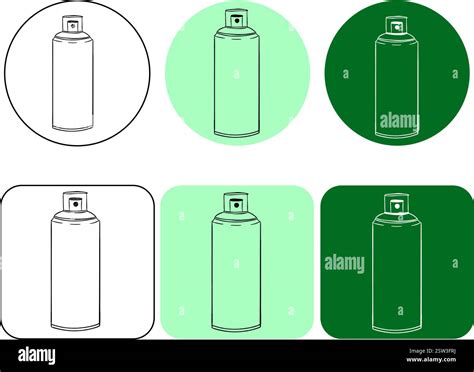What’s the optimal training frequency for peak muscle growth and recovery?

Unpacking the Science of Training Frequency
For anyone serious about building muscle, the question of how often to hit the gym, or more specifically, how often to train each muscle group, is central. Training frequency refers to the number of times you train a specific muscle or muscle group within a given period, usually a week. Get it right, and you unlock superior gains; get it wrong, and you risk stagnation or even overtraining.
For decades, the bodybuilding world largely adhered to splits that trained each muscle group just once a week. However, modern sports science and a deeper understanding of muscle physiology suggest a more frequent approach might be superior for many.

The Muscle Protein Synthesis Window
At the heart of muscle growth is a process called Muscle Protein Synthesis (MPS). When you lift weights, you create micro-tears in muscle fibers, triggering a repair and adaptation process that leads to growth. This process, MPS, is elevated for approximately 24-48 hours after a challenging workout.
If you only train a muscle group once a week, you’re effectively stimulating MPS for a short window and then letting it return to baseline for the majority of the week. More frequent stimulation, therefore, theoretically keeps MPS elevated for longer throughout the week, leading to greater accumulated growth over time.
Finding Your Frequency Sweet Spot
While the old adage was ‘train hard, rest longer,’ contemporary research generally supports a higher frequency for optimal gains, particularly for natural lifters. Many studies indicate that training each muscle group 2-3 times per week is ideal for most individuals aiming for hypertrophy.
Volume vs. Frequency
It’s crucial to understand that frequency isn’t independent of volume. If you increase frequency, you often need to reduce the volume per session to avoid excessive fatigue and promote recovery. For example, instead of doing 15 sets for chest once a week, you might do 5-7 sets twice or thrice a week.
Training Experience and Intensity
Beginners tend to recover faster and can often make progress with higher frequencies and lower intensities. As you become more advanced and your workouts become more intense and demanding, you might need to adjust your frequency and allow for slightly longer recovery periods between very intense sessions for the same muscle group. However, even advanced lifters often benefit from stimulating muscles more than once a week.

The Crucial Role of Recovery
Training provides the stimulus, but growth happens during recovery. Without adequate recovery, even the most scientifically optimal frequency can lead to overtraining, injury, and stalled progress. Recovery encompasses several key pillars:
- Sleep: Aim for 7-9 hours of quality sleep per night. This is when your body repairs tissue and releases growth hormones.
- Nutrition: Provide your body with enough protein, carbohydrates, and healthy fats to fuel recovery and muscle repair.
- Stress Management: Chronic stress, whether physical or psychological, elevates cortisol levels, which can hinder muscle growth and recovery.
Listen to your body. Persistent soreness, fatigue, decreased performance, or irritability are all signs that you might be pushing too hard or not recovering adequately.

Practical Application: Full Body vs. Splits
Different workout structures facilitate different frequencies:
- Full-Body Workouts (3x/week): Each major muscle group is hit three times a week. This is excellent for beginners and those looking for efficient training, providing a high frequency stimulus while allowing a day of rest between sessions.
- Upper/Lower Splits (4x/week): Upper body twice, lower body twice. This allows for more dedicated volume per muscle group than full-body while still achieving a good frequency.
- Push/Pull/Legs (PPL) (3-6x/week): This split can be run 3 days a week (once through) or 6 days a week (twice through). Running it twice (6 days) provides a high frequency for each muscle group.
The ‘best’ split depends on your individual recovery capacity, schedule, and personal preference, but generally, anything that allows you to train a muscle group at least twice a week is a solid starting point.

Conclusion: Periodize and Personalize
There’s no single ‘optimal’ training frequency that applies universally. The ideal frequency is dynamic and depends on your training status, volume per session, intensity, lifestyle stressors, nutrition, and sleep. For most, targeting each major muscle group 2-3 times per week strikes a good balance between stimulating muscle protein synthesis and allowing for adequate recovery.
The key is to experiment, track your progress, and listen to your body’s signals. Periodically adjusting your frequency, volume, and intensity can help prevent plateaus and ensure continued progress towards your peak muscle growth and recovery goals.








